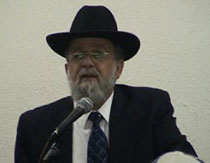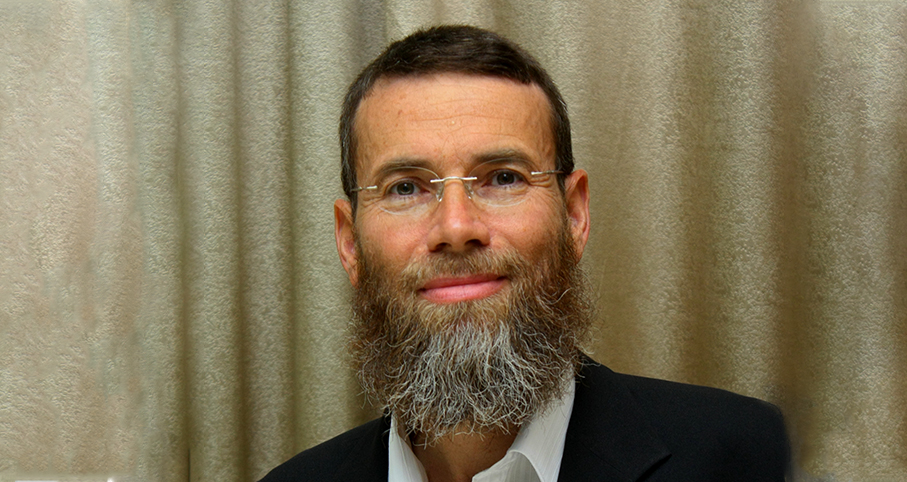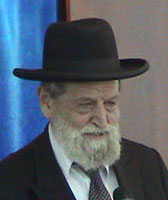Beit Midrash
- Sections
- Chemdat Yamim
- P'ninat Mishpat
Case: The plaintiff (=pl) ran group tours that, one Shabbat, used the defendant’s guesthouse (=def). Over Shabbat, pl felt bites but assumed they were from mosquitoes. When the symptoms recurred at home and she discussed the matter with group members and def, she figured out that she brought bedbugs home from def, from which the above were also suffering. Def sent an exterminator to pl’s house, but their one-time treatment did not help def (it helped other group members). Def entered a grueling three-month extermination regimen, which solved their problem. Pl ended up throwing out all of their bedroom furniture. Pl is suing for: the value of the discarded furniture (30,000 shekels); expenses of massive washing and drying of fabrics, including damage to the washer and dryer (7,000 shekels); buying new temporary (out of fear of recurrence) furniture (15,000 shekels); distress (10,000 shekels). Def responded that it was possible that someone in the group brought the bedbugs to def (they did not have problems before and did have afterward). Def argued that they were not at all negligent and paid for an exterminator for all involved beyond the letter of the law. (Def has insurance for the claims but relinquished their rights to them by adjudicating in beit din instead of secular court.)
Ruling: Last time we saw that we should hold def responsible to the extent that insurance companies are expected and usually agree to pay claims against their clients.

P'ninat Mishpat (802)
Various Rabbis
563 - “Don’t Let the Bedbugs Bite” – part I
564 - “Don’t Let the Bedbugs Bite” – part II
565 - “Don’t Let the Bedbugs Bite” – part III
Load More
The two sides agreed that beit din could learn about bedbug infestation from an article on the Dept. of the Environment website (expert witnesses are expensive). Bedbugs only move from place to place at night, and they do not usually move from building to building but from room to room within a building.
Let us investigate what apparently transpired. The two rooms that were affected on the Shabbat in question were not attached and both were open to the outside. The people affected spent only one night in the same building and did not spend other time together in a manner that bedbugs could have been passed from one to another. No one had experienced bedbugs before their stay in the guesthouse. Therefore, the likely explanation is that the bedbugs entered the rooms from the outside at a similar time, and that the guesthouse was thus the source of people’s infestation.
Next time we will look whether def was at fault, whether that makes a difference, and how to estimate proper compensation.

P'ninat Mishpat: End of Tenure of Development Company – part II
based on ruling 77097 of the Eretz Hemdah-Gazit Rabbinical Courts
Beit Din Eretz Hemda - Gazit | Tammuz 5785

P'ninat Mishpat: Rent of an Apartment Without a Protected Room
based on ruling 84036 of the Eretz Hemdah-Gazit Rabbinical Courts
Beit Din Eretz Hemda - Gazit | Iyar 5784

P'ninat Mishpat: Did Any Furniture Go to the Buyer? – part I
based on ruling 84093 of the Eretz Hemdah-Gazit Rabbinical Courts
Beit Din Eretz Hemda - Gazit | Kislev 5786























